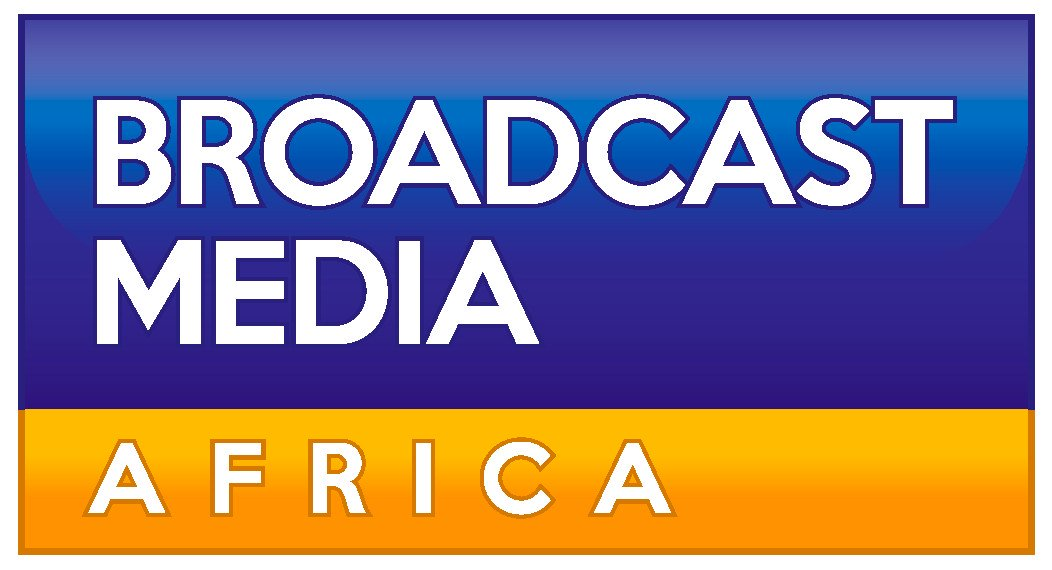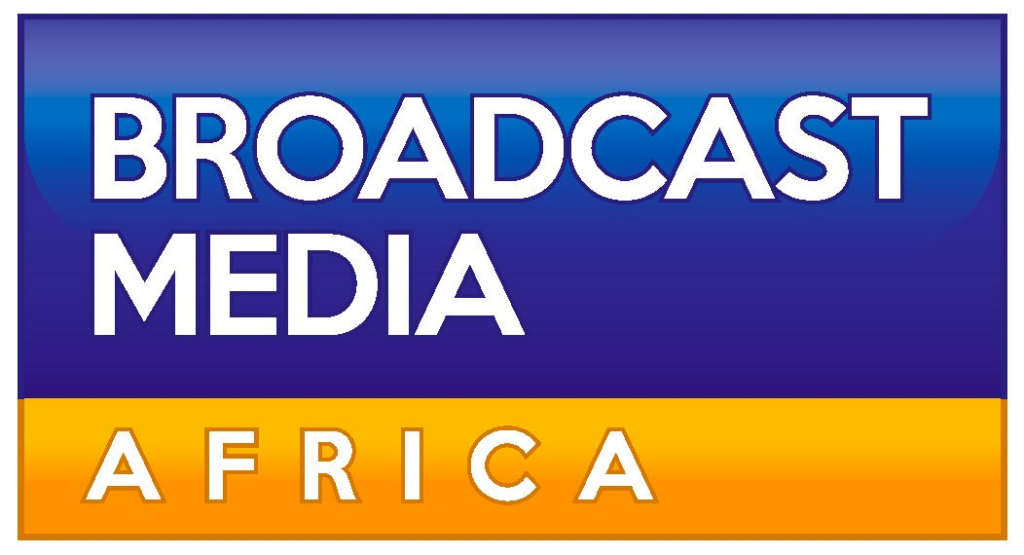
In today’s fast-evolving digital ecosystem, accurately measuring audiences across multiple media platforms has become both a priority and a persistent challenge for Africa’s broadcast and advertising sectors.
As consumers shift fluidly between linear television, radio, streaming platforms, mobile devices, and social media, tracking, understanding, and interpreting audience behaviours across these touchpoints is more critical than ever. Yet, the African continent still grapples with infrastructural, technological, and methodological gaps that hinder the development of reliable, comprehensive multi-media metrics.
Traditionally, audience measurement in Africa has relied heavily on panel-based systems, which have focused primarily on television and radio. While these models provide a baseline understanding, they are increasingly ill-equipped to account for the complexity of modern media consumption, where audiences might begin watching a television show, continue on a mobile phone, and finish on a laptop, all while interacting on social media.
One of the fundamental challenges is the fragmented nature of media platforms, paired with a lack of standardised methodologies across regions. Many national media landscapes lack a unified framework for cross-platform data gathering and analysis, making it challenging for advertisers and content creators to obtain a comprehensive view of audience engagement. This gap limits the potential for effective content strategy, targeted advertising, and ROI measurement, particularly in a continent where every marketing dollar counts.
Another issue is the digital divide. While internet penetration continues to rise across the continent, particularly in urban areas, large segments of the population in rural regions still rely on traditional media. This disparity complicates the creation of integrated metrics that truly reflect the full scope of audience behaviours and preferences. Furthermore, inconsistent data protection laws across jurisdictions present additional hurdles regarding ethical data collection and privacy compliance.
African broadcasters, regulators, and measurement firms are making strides despite these challenges. Regional collaborations are emerging to develop shared standards for audience data. Mobile network operators are also becoming vital partners in providing anonymised user data that can be used to build richer audience profiles. The rise of AI and machine learning in data analytics also offers new possibilities for real-time, behaviour-based measurement that bridges the gap between platforms and devices.
Importantly, industry leaders are increasingly aware of the urgent need to evolve beyond outdated metrics and embrace innovative, locally adapted solutions. To this end, strategic partnerships, cross-sector dialogue, and investment in tech infrastructure are essential for laying the foundation of Africa’s next-generation audience measurement systems.
These pressing issues and their potential solutions will be the focus of the Advertising and Audiences Summit—Africa 2025, taking place on September 16–17, 2025, in Johannesburg, South Africa.


















